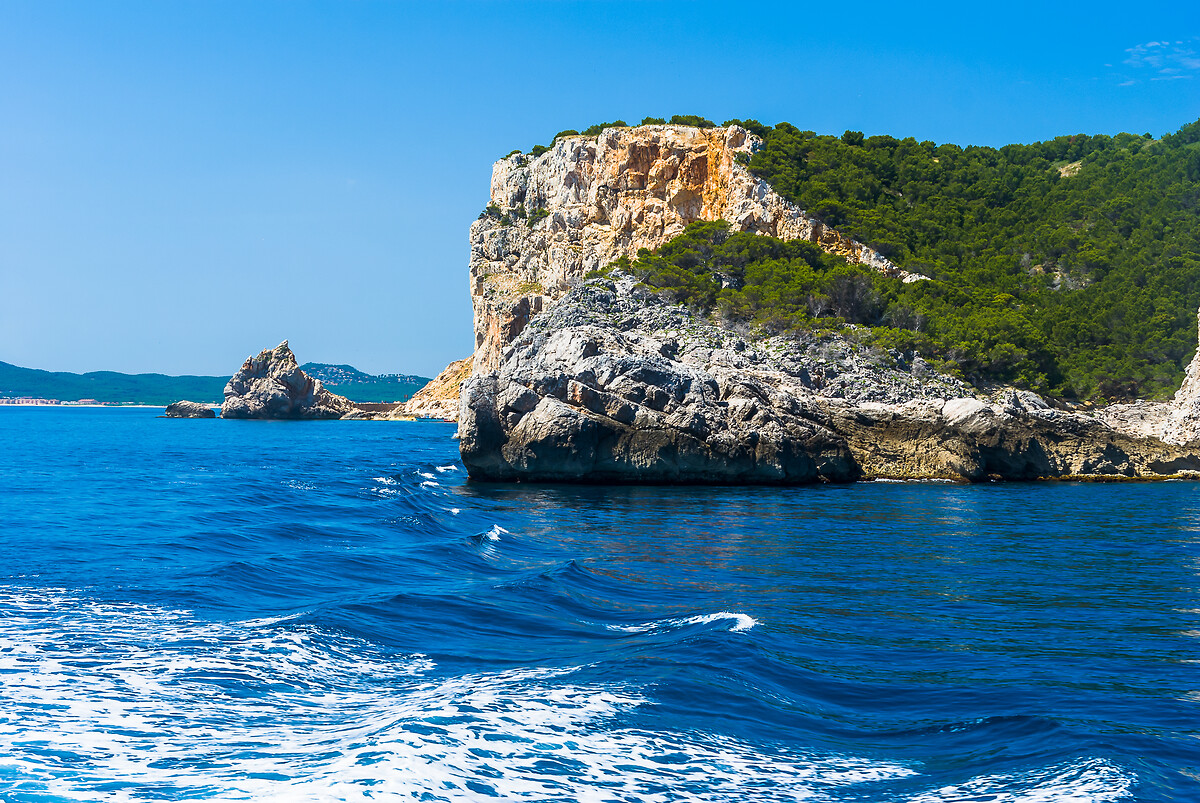> Tags: Marine protected area, Partnership
> Themes: Biodiversity, Finance
> Region: Africa
> Country: Tanzania, United Republic of
> Last updated: 04 June 2020
Download PDFPolicy in practice
Chumbe Island Coral Park, comprised of a 22-hectare coral island and part of a fringing reef, was gazetted by the government of Zanzibar in 1994 as a protected area following an investment proposal by a private entity, Chumbe Island Coral Park Ltd. (CHICOP), which was allocated management rights. Establishment costs were initially estimated at USD 200 000, with payback expected to begin after three years at an internal rate of return of 27%, but a three-year delay and unexpected administrative difficulties caused cost overruns which resulted in a final establishment outlay of USD 1.2 million, in addition to a significant amount of volunteer work. Approximately 36% of this outlay was funded by various donors, with the rest funded privately by the project initiator. CHICOP developed eco-tourism facilities which as of 2006 were sufficient to cover recurrent management costs – but not capital payback – at an occupancy rate of 30-40%.
CHICOP has pursued unconventional approaches for operational and business development goals. Local fishers were retrained as park rangers, and in addition to patrolling the island, have rescued over 160 vessels with between 2-16 fishermen each since 1994, likely saving several lives. As private employees, rangers are unarmed, and “enforce by informing” local fishers on the value of the protected area. Spillover catches have indeed been reported, enhancing local support for the park. Today, Chumbe Island is one of the most biodiverse reefs in the region.
With respect to business development, as a small company, traditional marketing costs to leverage the tourism market would have been prohibitive. Instead, CHICOP applied for and won several international environmental awards, providing marketing exposure equivalent to USD 10 million. CHICOP’s example provides insight into some enabling conditions that aid in effectively engaging the private sector, including the existence of an attractive investment climate and little competition from large, donor-funded projects. Furthermore, tourism, fishing and other uses often coexist in the same area, resulting in a need to negotiate, and CHICOP’s small, local nature may have afforded it an advantage over a central authority in this regard, due to co-dependencies between it and the local communities.
Key policy message
Creating the right enabling conditions is important for fostering private-sector partnerships.



